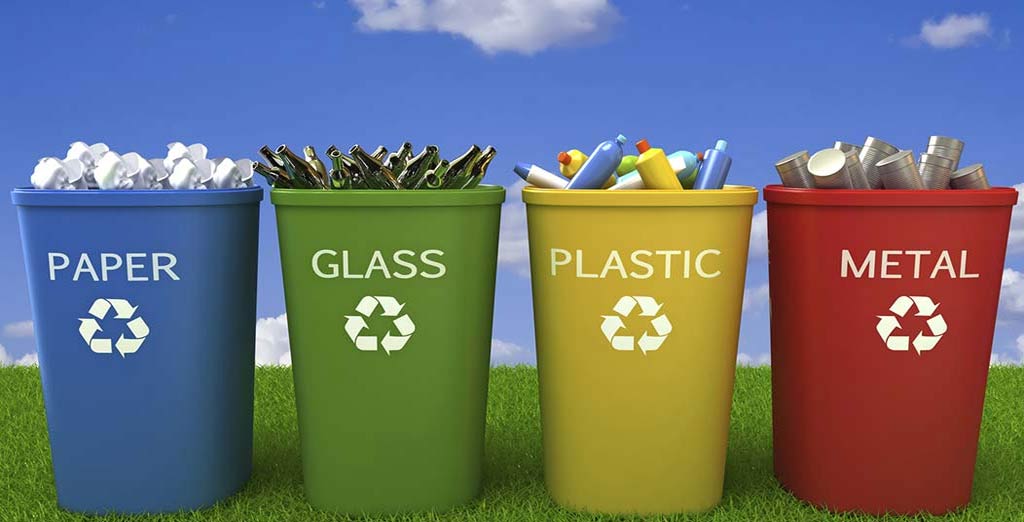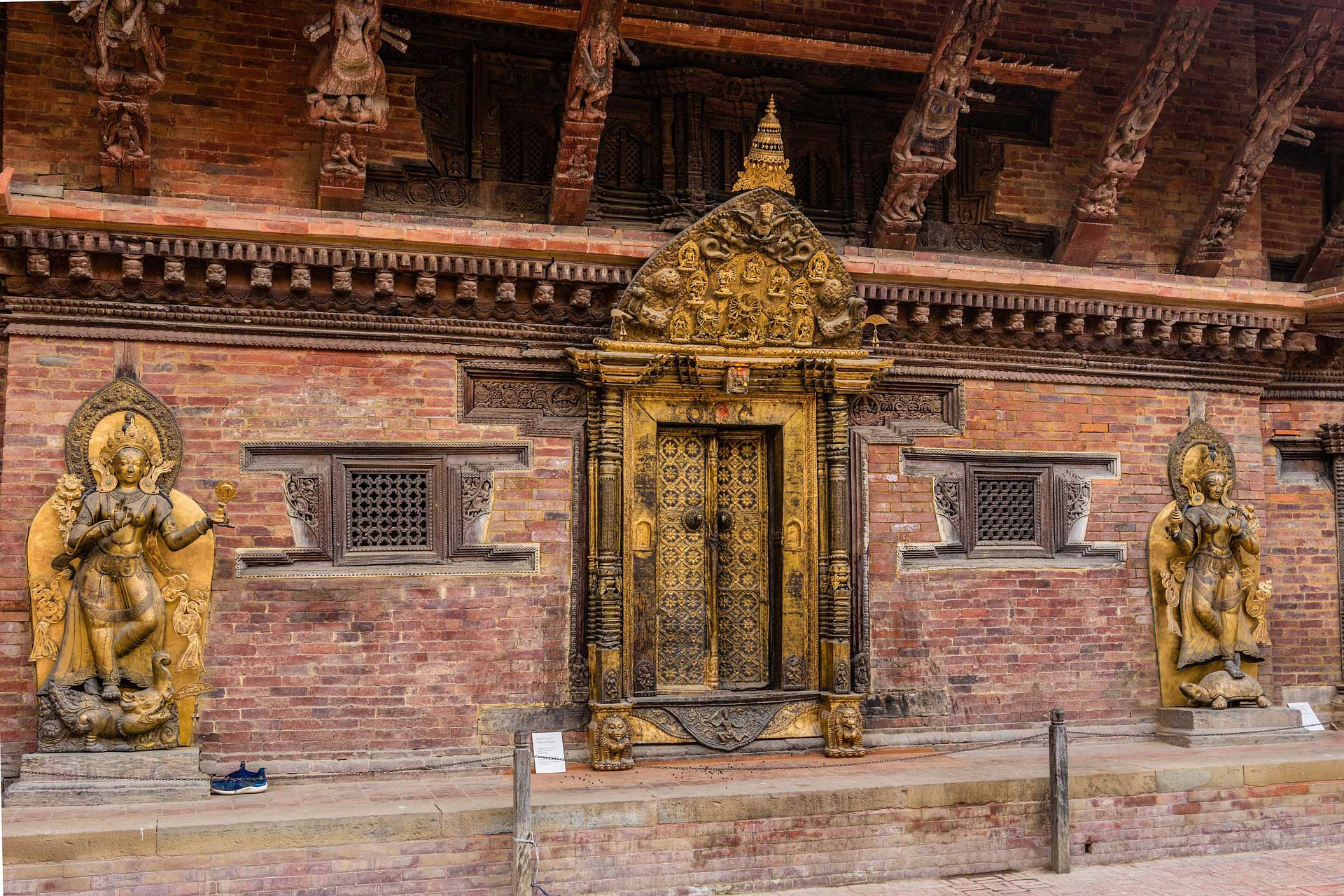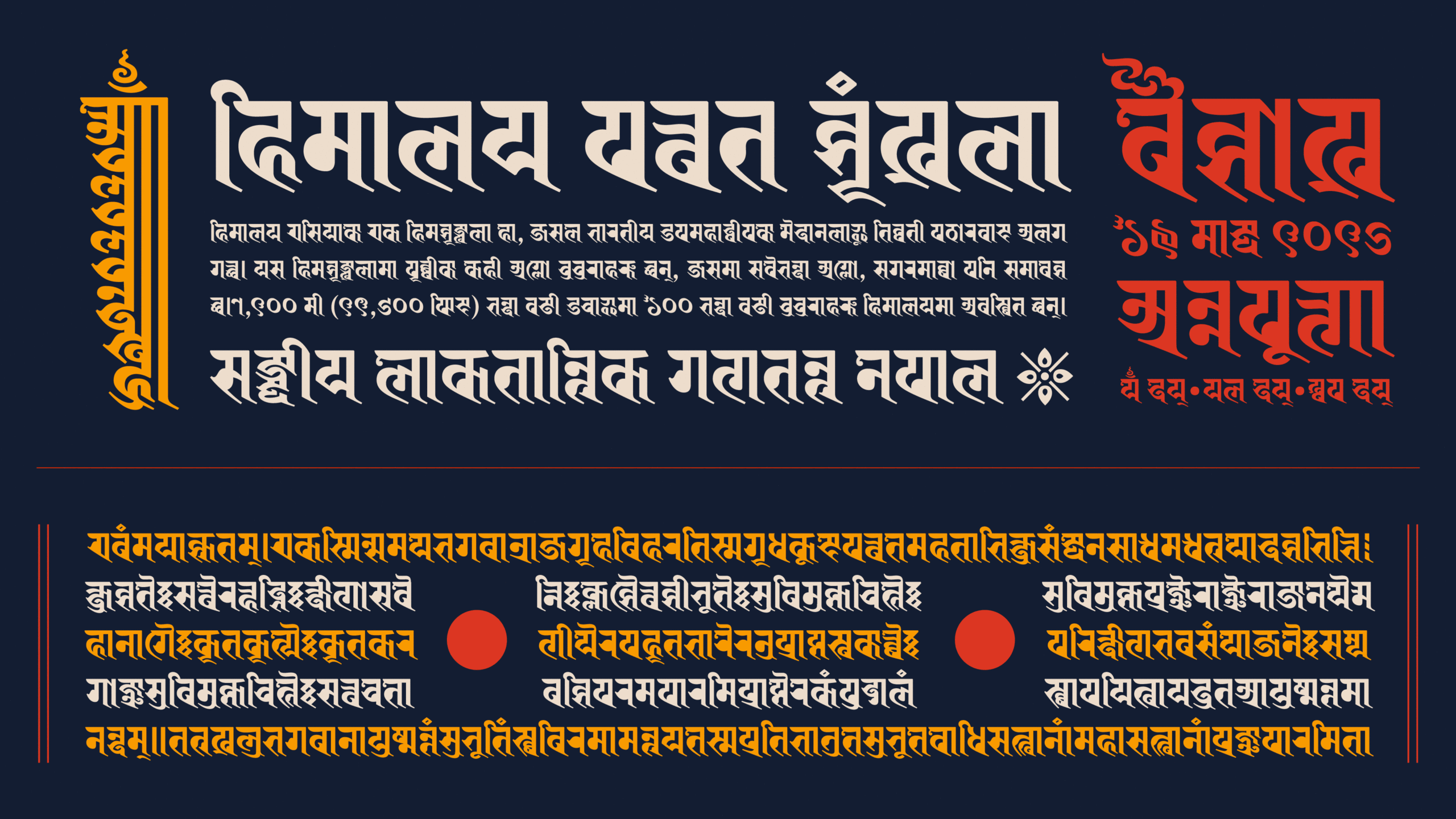
When you walk around Nepal, you will be amazed by its natural and cultural beauty. Hills, Mountains, Lakes and rivers, temples and Stupas, and diverse lifestyles will amaze you.
Unfortunately the city’s streets covered with plastics and organic waste material where as Tourism sectors are also highly affected by Solid waste. Even Lakes, ponds and rivers are polluted by unwanted waste. Tragically, and this excursion is covered with something other than remarkable artifacts and diverse lifestyle.
Almost 90% of waste of Nepal can be reused and cash made out of it, just a little group of waste specialists are separating recyclables and bringing in cash. Some youthful Nepalese business entrepreneurs have begun to produce the assets from reusing waste. But, it is too little and it is nearly nothing. Although a few undertakings have just been launched, including the one by Practical Action and its local peoples, the perception with respect to waste is yet to change.
To help residents deal with managing waste in a beneficial manner, organizations, for example, Khaalisisi, Doko Recyclers are doing what they can to assist residents with improving waste isolation by giving recyclable get pick-up free of charge. This is useful for the impoverished residents who will most likely be unable to bear the cost of the month to month charges with the management and other waste organizations. There are 1,200 to 1,300 families utilizing the administration, yet the company, is consistently open to new customers.
The main problem in urbanization is to manage the unwanted waste materials. A study conducted in each of the 58 districts of Nepal in 2012 found that the average people unwanted generation was 317 grams for each capita every day. This converts into 1,435 tons for each day or 524,000 tons for every year of people solid waste generation in Nepal. Many of these technically and financially constrained municipalities are still practicing roadside waste pickup and open dumping, making significant well being risks.
Daily 5633 tons of waste is generated from the urban area of Nepal. According to the recent survey of Ministry of Federal Affairs and General Administration, Kathmandu valley generates 607 tons of waste per day. Whereas the 2011 ADB report, estimates the generation of 466.14 tons of waste per day. Therefore, between 2011 and 2018, there has been an increase of 141.2 tons of waste per day in Kathmandu valley alone. In this approximately 50 percent of the total waste is organic. Looking at the composition of waste in Nepal and its waste management practices, if waste is segregated at source nearly 95% of the waste can be recycled. This attempt will reduce the practice of dumping waste all over the place and also reduce the production of methane gas and the negative impact on the environment.
Therefore, from henceforth we should strengthen our practice of reducing; reusing and recycling our waste adopt creative environmentally friendly technologies for resource management and diverting least amount of waste to the landfill site. According to scientific and engineering aspect Landfill site construction and management is proven to be very expensive. From the excavators, to gas recovery system to wastewater treatment and the expenses for monitoring and evaluation has proven it is more of a revenue extractor rather than a revenue generator. In addition, the land used for the landfill site becomes a polluted land in terms of soil and the environment. The increase of population, change in eating habits, and increased number offood items coming in packages is increasing the waste generation day by day.
The less awareness to segregate waste from source and the inadequate practice of reuse topped by the insufficient establishment of resource recovery center, most of the waste are seen thrown in the landfill sites, riverbanks, open spaces and burned opening with impunity. Amongst the municipal waste, medical waste is also mix, which contaminates the entire waste and is extremely harmful to health and the environment at the same time contaminates the water and soil. If we develop the good practice of segregating waste at source then the waste will not remain as waste but becomes an income generating activity. We can minimize wastes through Reduce, Recycle and Reuse (3R) approach.
Similarly, we need to build habit of segregating wastes at the source such as we can make compost though organic wastes. These practices will contribute in economy too. Thus, we are requesting all the local governments to implement 3R approach effectively. The Ministry of Federal Affairs & amp; General Administration, Birendranagar municipality and LEAD Nepal are in the process of developing a pilot project with the 3 R principals towards zero waste city. While the day-to-day waste management is a major challenge the sudden waste created by natural disaster bringing with it tons and tons of waste just by one event adds major stress to the already stress situation of the waste management system in Nepal.
Natural disaster events like flood, landslide, cyclones, tornado, earthquake etc. generates tons of waste each year in Nepal. The earthquake in 2015 not only killed 9,000 people but also destroyed 800000 infrastructures generating 14 million tons of waste just by this event. From which, 4 million tons of waste was generated from Kathmandu alone which is equivalent to the waste generated in 11 years in normal conditions. When looking at gender roles in waste management the survey shows that women are mainly involved in low-level jobs. Very few women are seen at the decision-making level. At the commercial front men are seen more engaged in waste management than the women. According to recent statistics,80% of women at the household level were involved in the waste management in their homes, which is a voluntary service. Therefore, it is important that the policy and strategy has to be reviewed to incorporate gender sensitive policies, clearly spelling out the different empowerment activities for women in waste management.
The Solid Waste Management Act 2011 and its regulation 2013 has provisions to reward those abiding the act and punishing those that violate the act. However, implementation of this provision is weak. If we the citizens, the different institutions, the small and large companies take full responsibility and abide with this act the issue of waste management would be less challenging. Furthermore, large companies are bound by the corporate social responsibility to be accountable for the waste that they generate.
The government and non-governmental organization have been working in converting waste to resources, organic waste has been converted to compost, inorganic waste segregated and recycled, paper and plastic sold or transformed into consumable gifts items. These types of activities are also lead by Private Companies. Therefore, they too play an important role in the resource recovery of waste management, which can be taken into international level. This will also assist and promote national resource mobilization. But this is not enough given the ratio of the waste that is generated. Today, it is essential that this work can be molded on the concept of the circular economy, which is the need for today’s development. Waste management also playas major role in global air pollution. According to recent statistics, In the context of Nepal, this shows that the waste generated from a household will affect global air pollution.
According to the statistics of UN Environment, 9 out of 10 people are breathing polluted air. Similarly, due to air pollution annually 70 million people worldwide die before their time. The current waste management challenges is the increasing number of waste daily, lack of integrated resource recovery center, policy and institutional inadequacy, absence of a waste management section in each municipality, need of capacity building, need to incorporate waste management into school curriculum, the need for environment friendly technology, behavioral change and prioritizing waste as an issue are some of the major challenges. Where there are challenges opportunities are always knocking our door. Using the concept of 3R (Reduce, Reuse and Recycle) revenue can be generated increased by using your waste as a resource.
Use of environment friendly technology can be increased in waste management thus promoting clean environment and safe soil. A mass awareness campaign on waste and climate change can help behavioral change. Existing policy and laws can be revisited and revised strengthen the integrated waste management provisions clearly specifying the action plans and waste management section in each municipality also can be established During reconstruction and new construction of homes and institutes to abide with the building codes and acts so as to improve resilience when the next disaster hits. Policy and laws have to go side by side with development.
One has to research on new waste streams such as e-waste and waste created by disasters. It is also important to develop strategies and action plans as to how to address these new waste streams. Waste generated either by urban settle mentor created by natural disasters is no more a local or national issue but a global issue. Today at the global front 9 out of 10 people are breathing air that is polluted. This is because the uncontrolled dumping of mixed waste generates methane and other harmful gasses, including pollution from factories, vehicle and dust particles. Waste either created by urban settlement or disasters if segregated at source can be transformed into resource and because of this one does not have to burn waste. Does not have to throw waste into rivers or dump waste in open spaces.
Also Read:
World Population
Impacts of Social media on Daily life
Keep your children safe and healthy
This way less waste can be dumped at the landfill site thus reduce the burden of already stressed landfill sites. For the better management of waste, one must abide with the existing laws and regulation. If necessary, amendments on the existing laws and regulations can be done. Gender equity should be mainstreaming into all policy, strategy and action plan ensuring gender representative at the decision-making level. In order for waste management to work successfully multi-stakeholder partnership is necessary, the citizens, the government and the private sectors joint initiative. If all these elements are applied a successful waste management system can be impossible.
Here are some of the recommendations for solid waste management in Nepal
- A suitable policy and key system should be developed, along with specialized rules on key issues,
For example, natural treating the soil and landfill activities, to appropriately control nearby bodies in successful SWM; - Reduce, reuse, and recycle (3R) should be advanced. The review recognized great potential for asset recuperation in Nepal, which could be acknowledged with better awareness and activities by local people and communities;
- strengthening the limit of local people is very essential, as they are ordered to give SWM services to the residents;
- improvement of open support and meeting would be powerful in progressing SWM practices;
- Costs for SWM should be recuperated, but in part from the start, to offer better types of assistance. People in general is commonly ready to pay for services if the level of services is improved;
- open private association offers open doors for operational efficiency and cost effectiveness. The job of the private segment will be increasingly significant for complex tasks, for example, the activity of landfill sites, as districts are less experienced about these regions; and
- The administration, updating, and dispersal of basic information will assume a important job in improving planning by the local people and observing implementation progress.
- current helpless management practices, for example, open dumping and open burning should be stopped immediately to allow for more combined SWM;




Nice
From Blog review group